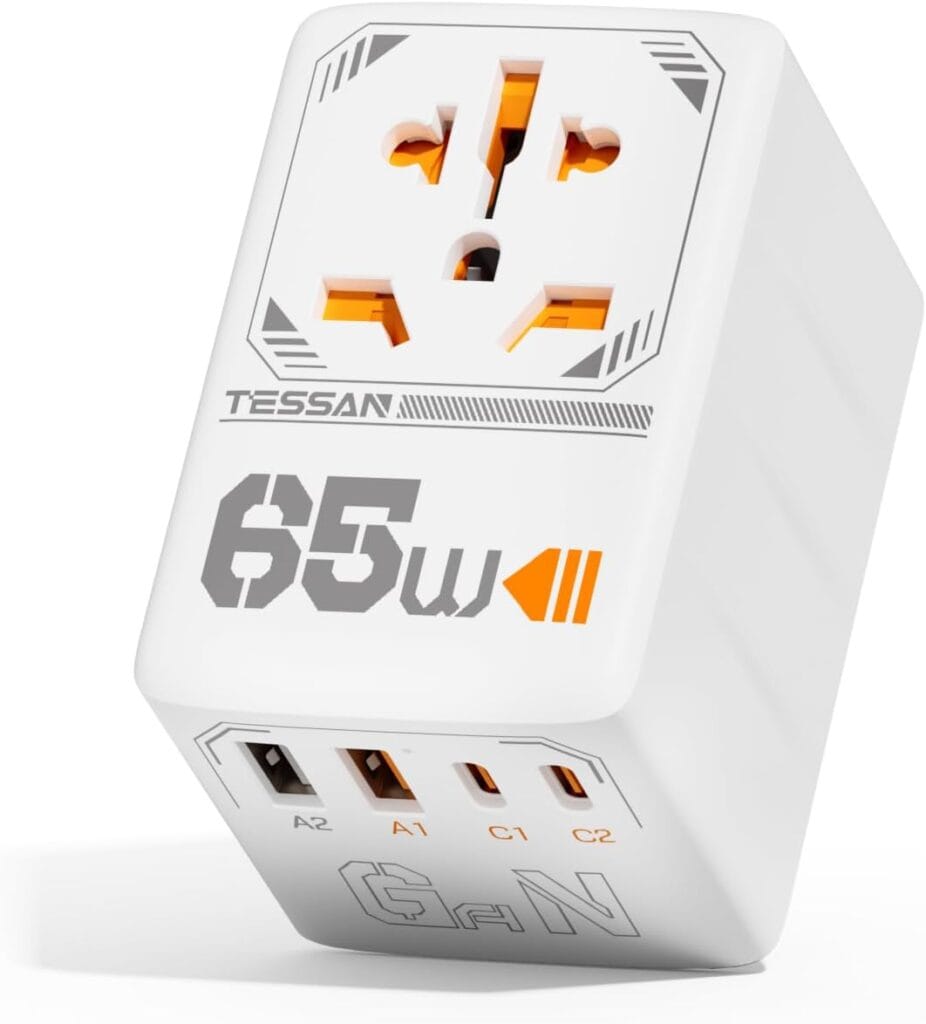Everything you need to know before and during your visit to Fukuoka for the WFTGA Convention 2026
🗣️ Language Tips – Be Prepared to Communicate
While many signs in Fukuoka are available in English and the Host Committee will support you on-site, basic Japanese phrases can be very helpful – especially in local shops, restaurants, and during cultural experiences.
We strongly recommend downloading a language translation app in advance. The two most reliable options are:
Google Translate
Features voice, text, and camera translation – ideal for menus and signs
Apple Translate (iPhone only)
Includes conversation mode and works offline when the Japanese language pack is downloaded
Important:
Please make sure to download the Japanese language pack for offline use before your trip. This ensures that the app works even without an internet connection.
By preparing ahead, you’ll be able to engage more confidently and make your cultural experience even more enriching!
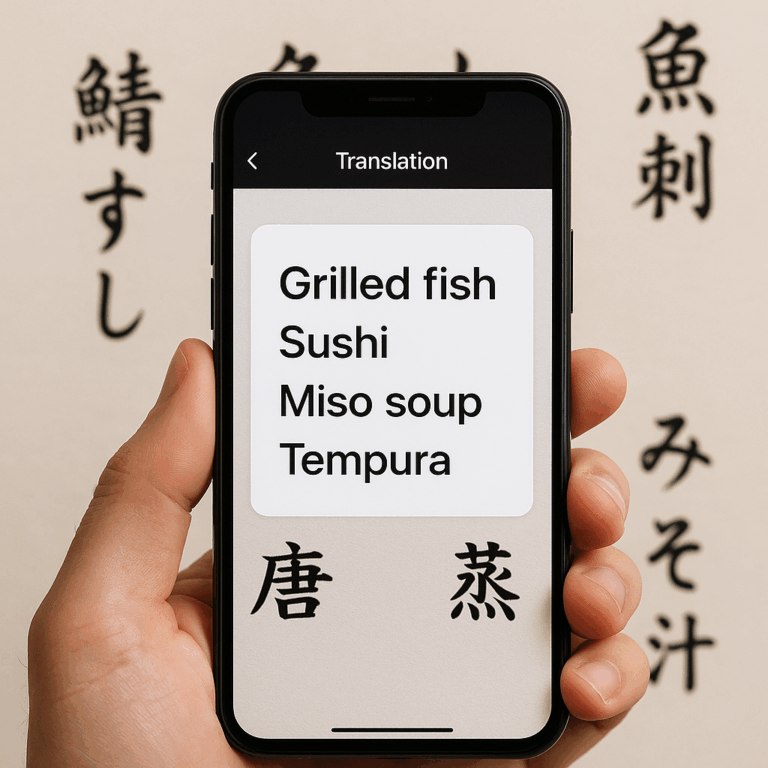
💱 Currency & Payment
- Currency: Japanese Yen (JPY)
- Card payment: Widely accepted, but cash is still essential for smaller shops and local restaurants
- Best ATMs for foreign cards: 7-Eleven, Japan Post, Lawson
⚡ Electricity in Japan – Be Plugged In & Travel Smart
Japan operates on 100V voltage and 60Hz frequency in the Fukuoka region. The plug type used is Type A/B (flat pins), which differs from most European and many international standards. Please note: a travel adapter is essential if your plug does not match.
To make your travel easier and more efficient, we recommend the following adapter, which has been tested and offers outstanding versatility:
👉 TESSAN Universal Travel Adapter with 2× USB-A and 2× USB-C*
Why we recommend it:
- Works in over 150 countries – perfect for frequent travellers
- Charges up to 4 devices at once (phones, tablets, laptops)
- Eliminates the need for multiple chargers – saving space, weight, and energy
- A sustainable solution for modern travellers looking to reduce baggage and cable clutter
Make sure to check if your electronic devices support 100V (most modern devices such as smartphones, tablets, and laptops do).
* We receive a small commission for each purchase made through this recommendation.
📶 Stay Connected – Easy eSIM Access in Japan
To stay connected during your time in Japan without the hassle of physical SIM cards or roaming fees, we recommend using an eSIM – a digital SIM that you can install and activate directly on your smartphone before departure or upon arrival.
One convenient option is Saily’s eSIM for Japan, offering fast and reliable data access throughout your stay, including support in English and flexible data packages to suit your needs. Setup is simple, and activation can be done in minutes – ideal for navigating, translating, and staying in touch during the Convention.
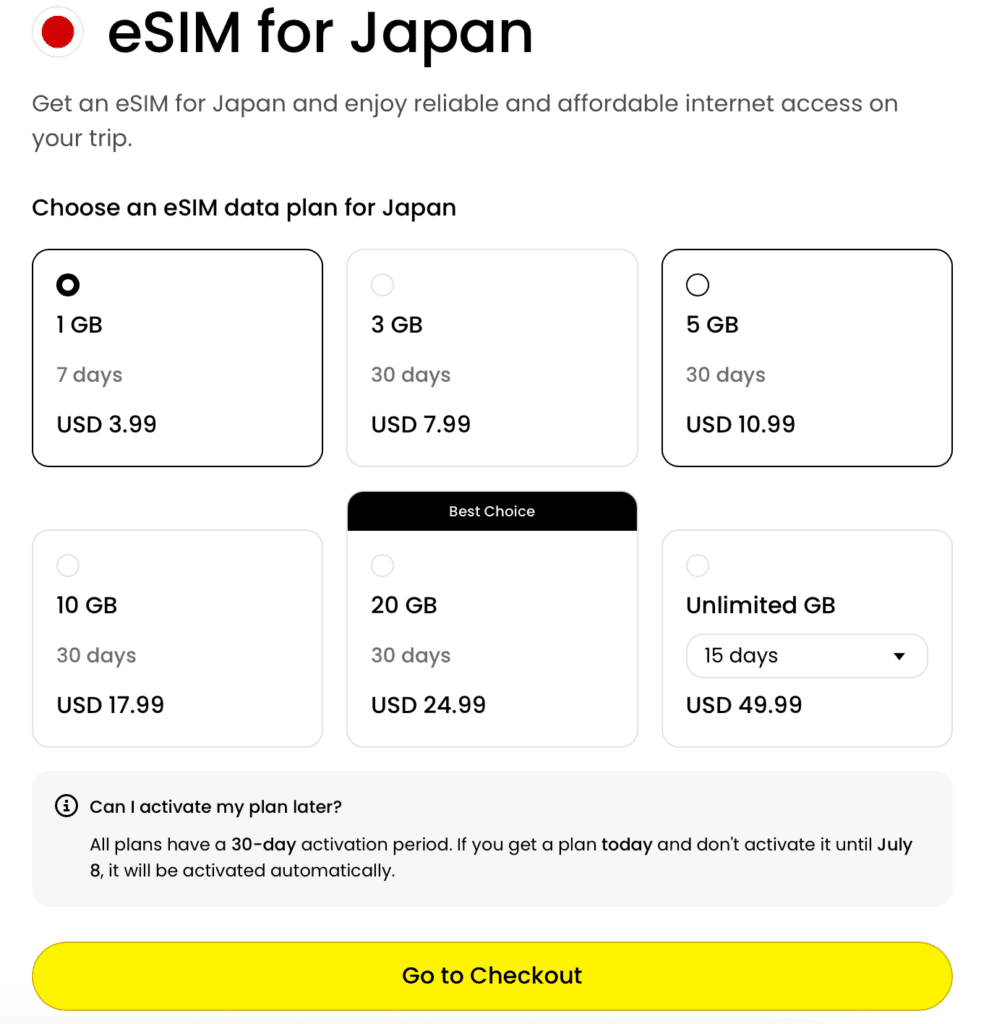
*We receive a small commission for each purchase made through this recommendation.
🚉 Getting Around Fukuoka – Seamless, Sustainable, Supported
Upon arrival at Fukuoka Airport, participants will be warmly welcomed at our WFTGA Welcome Desk, where staff from the Host Committee will assist you with transport guidance, directions, and local tips. Throughout the Convention Week, we will take care of all official transfers related to the programme – so you can travel with peace of mind.
During your free afternoons and evenings, you’ll find that getting around Fukuoka is simple, safe, and efficient. The city boasts a highly reliable public transport system, including:
- Fukuoka Subway: Three clean, punctual lines (Kuko, Hakozaki, Nanakuma)
- Nishitetsu Buses: Great for getting to cultural sites and shopping areas
- Taxis: Readily available, clean, and professional – though more expensive than trains
- Uber: Available in limited areas, but less common than in other countries
Payment is easy:
You can pay directly with most international credit cards (Visa, Mastercard) in taxis, train stations, and even many convenience stores.
For added convenience, we recommend getting a rechargeable IC card such as Hayakaken, Suica, or Pasmo, which can be used for subways, buses, vending machines and more. You can top up these cards at ticket machines or convenience stores.
Estimated travel costs:
- Subway ride (within Fukuoka): approx. 200–300 JPY (€1.30–€2.00)
- Taxi ride (short city trip): approx. 1,000–1,500 JPY (€6.50–€10)
- Taxi ride (airport to city): approx. 2,000–3,000 JPY (€13–€20)
During our Pre- and Post-Convention Tours, we will also travel on Japan’s world-renowned Shinkansen (bullet trains) – an iconic, fast, and environmentally conscious way to explore cities like Nagasaki, Hiroshima, and Kyoto. This will allow you to fully experience the comfort, speed, and sustainability of Japanese rail travel.
Whether by train, bus, or taxi – getting around is part of the adventure, and we’re here to help make it smooth and memorable.
🗾Getting Around Japan – Everything on Flights, Trains, and Busses
What’s the best way to travel within Japan?
When traveling across Japan, we highly recommend embracing the country’s incredible railway system – especially the world-renowned Shinkansen (bullet train)! It’s not only the most comfortable and sustainable way to get around, but it’s also famously punctual and incredibly well-connected, reaching almost every corner of the country. Unless your journey takes you to the islands of Okinawa, the Shinkansen is definitely our top choice for seamless travel!
However, depending on your budget and booking time, flights or night buses could also be great options. Below, we’ve compiled information on all three methods.
💡Things to keep in mind:
🚆For your train journey
- Hakata Station is the name of Fukuoka’s central station
- Tokyo is unimaginably big and Tokyo Station might not be the closest station to your accommodation
✈️For your flights:
- Osaka has two airports: Kansai Internation Airport (KIX) and Itami Airport (ITM)
- ITM is closer to Osaka and Kyoto
- Tokyo has two airports: Narita Airport (NRT) and Haneda Airport (HND)
- HND is much closer to central Tokyo
- Kyoto does not have an airport
- Japan’s major airlines are ANA and JAL, budget airlines include PEACH and Jetstar
JAL’s Japan Explorer Pass
Fukuoka to Kyoto 🍜⛩️
| Travel Time | Cost (Yen) | Pros | Cons | Tickets | |
Shinkansen Sanyo line, Hakata Station to Kyoto | 2h40min – 3h30min | 15,400 – 16,500 | Comfortable, direct connection, punctual. | Relatively pricey (usually no discounts). | (tickets can be purchased up to 1 month in advance) |
Flight FUK to Osaka airport (KIX or ITM), then train to Kyoto | 3h – 4h (flight time: 1h15min) | 5,000 – 28,000 | More affordable depending on timing and available discounts. | No direct connection to Kyoto, security checks, potential delays. | OTAs like Skyscanner or Expedia are great for comparing prices. |
Bus Hakata Bus Terminal to Kyoto Station | ~10h30min | 4,000 – 10,000 | The most budget friendly. | Longest travel time, possible delays. | Bus Company |
Fukuoka to Tokyo 🍜🗼
| Travel Time | Cost (Yen) | Pros | Cons | Tickets | |
Shinkansen Sanyo line from Hakata Station to Tokyo | ~5h | 23,000 – 32,000 | Comfortable, direct connection, punctual. | Relatively pricey (usually no discounts) | (tickets can be purchased up to 1 month in advance) |
Flight FUK to NRT or HND | 3h30min – 5h (flight time: 1h40min) | 5,000 – 30,000 | More affordable depending on timing and available discounts, direct connection. | Potential delays. | OTAs like Skyscanner or Expedia are great for comparing prices. |
Bus Hakata Bus Terminal to Shinjuku Expressway Bus Terminal | 12h – 15h | 4,000 – 15,000 | The most budget friendly. | Longest travel time, potential delays | Bus Company |
Kyoto to Tokyo ⛩️🗼
| Travel Time | Cost (Yen) | Pros | Cons | Tickets | |
Shinkansen Tokaido line from Kyoto Station to Tokyo | 2h15min – 3h | 13,000 – 16,000 | Trains depart very frequently, fastest option, comfortable, punctual. | Relatively pricey (usually no discounts). | (tickets can be purchased up to 1 month in advance) |
Flight train to Osaka airport (KIX or ITM), then fly into NRT or HND | 3h – 4h30min (flight time: 1h-1h30min) | 4,000 – 30,000 | More affordable depending on timing and available discounts, direct connection. | No direct connection to Kyoto, potential delays. | OTAs like Skyscanner or Expedia are great for comparing prices. |
Bus Kyoto Station to Shinjuku Station | 7h – 10h | 2,800 – 8,000 | The most budget friendly. | Longest travel time, potential delays | Bus Company |
🚅Shinkansen – Everything you need to know
The Shinkansen is a network of high-speed railway lines covering most of Japan’s major islands.
The lines most relevant for your trip in February are the:
- Tokaido line: Connects Tokyo, Nagoya, Kyoto, and Osaka
- Sanyo line: Extends from Shin-Osaka to Hakata (Fukuoka)
- Kyushu line: Continues from Hakata down to Kagoshima
In addition, there are many types of Shinkansen that differ in design and the number of stations that they service, which ultimately results in different travel times.
Most relevant for you are the:
- Nozomi: The fastest train on the above lines as it makes the fewest stops.
- Hikari/Sakura/Mizuho: The second-fastest.
- Kodama: The slowest service, stopping at every station.

❓ Why are there so many different lines and types of trains?
Over the decades since the first Shinkansen launched in 1964, new train models and service types have been introduced. This reflects continuous technological improvements in speed, comfort, and safety, as well as adjustments to meet changing passenger demand and expand the network.
💡Good to know: Even though there is no direct line connecting Fukuoka and Tokyo the Nozomi operates as a through-service. This means that while the train technically transitions from the Tokaido to the Sanyo line in Shin-Osaka, you do not need to transfer trains.
Tips, tricks and everything else you need to know! ✨
How and when to buy tickets 🎫
Many Japanese people simply buy their ticket at the station of departure, especially for busy lines where a train leaves every few minutes.
But this can, of course, seem very daunting and you are able to buy tickets online up to one month in advance or go to the station a few days in advance and buy them in person.
👉 In person:JR Ticket Office (Midori-no-madoguchi) or ticket machine
👉 Online: Official Ticket Site
- This is a great tutorial that guides you through the process of buying tickets all the way to boarding: Watch the tutorial
Should I reserve a seat? 💺
On the Shinkansen, you’ll find cars with reserved seats and cars with non-reserved (or ‘free’) seats.
👍 We recommend that you reserve a seat if you:
- are travelling as a group
- Rows of seats can be turned around by a handle or foot-lever to allow for group seating.
- have a lot of luggage
- The first and last row within a car are usually next to dedicated oversize luggage spaces. While reserving a seat in those rows doesn’t guarantee the use of these spaces it does make managing it and keeping an eye on everything easier.
- value comfort or can’t stand for any amount of time
- Reserved seat cars are often less crowded.
- are travelling during rush-hour or on the weekend
- are taking a pupolar route (like Kyoto/Oska-Tokyo)
- want a specific seat (e.g. to get a glimpse at Mt. Fuji)
👎 Cons:
- less flexibility
- You’re bound to a specific train at a specific time.
- more expensive (usually a few hundred yen)
Boarding 🚉
- Purchase your ticket
- Pass through the ticket gates
- Paper tickets: Insert all your tickets into the slot at the same time. They will pop out on the other side; remember to retrieve them as you’ll need them to exit at your destination.
- Online ticket: Watch this tutorial
- JR Rail Pass: Use the ticket gate or pass through the booth next to the ticket gate.
- Find your platform
- Locate your car either by looking at the electronic displays or the indicators on the floor.
- Reserved seat: Your car number is written on your ticket.
- Non-reserved seat: Head to the cars designated for non-reserved seating.
- Line up
- Board the train
- Allow passengers to disembark first.
- Board the train efficiently and find your seat quickly to avoid blocking the aisle. Seats are numbered and lettered similar to airplane seating.
❗Do not
- Rush onto the train when doors are closing.
- Hold open doors.
Wheelchair accessability ♿
Riding the Shinkansen in Japan with a wheelchair is generally very accessible, but it requires some advance planning to ensure a smooth journey.
Here’s a breakdown of how to do it:
- Book Wheelchair-Accessible Seats:
- Most Shinkansen trains have dedicated wheelchair-accessible seats and spaces.
- Reservation is highly recommended, and often required. You can do so online or at any JR Ticket Office (Midori-no-madoguchi), found in major JR stations. We recommend doing this in person, as they can offer assistance right then and there.
- There are typically a few types of accessible seating:
- A space where you can remain in your wheelchair, often with a companion seat next to it.
- A “wheelchair-accessible seat” where you can transfer from your wheelchair to a regular train seat if you wish.
- Some trains also offer a spacious private multipurpose room (sometimes called a “ko-shitsu”) that can accommodate a wheelchair and companions, and often includes an accessible toilet. These usually need to be booked further in advance (e.g., two days).
- Wheelchair Size Restrictions:
- Ideally, wheelchairs should be under 120 cm in height and 70 cm in width to ensure smooth movement within the train and aisles.
- Power wheelchairs with steering wheels may have additional conditions or restrictions, so it’s best to check with JR staff in advance if you use one.
- Assistance at the Station and Boarding:
- Inform station staff in advance (when booking or upon arrival at the station) that you require assistance.
- It’s recommended to arrive at the Shinkansen entrance at least 20 minutes before departure.
- Station staff will typically meet you, check your tickets, and accompany you to the assigned car position on the platform.
- They will use a portable ramp to help you board the train, bridging any gap between the platform and the train car.
- Train staff inside will then direct you to your reserved wheelchair space.
- Onboard Facilities:
- Wheelchair-accessible restrooms are available on all Shinkansen trains, usually located in the same car as the accessible seating. These are generally larger than standard restrooms and often include multi-purpose facilities.
Luggage 🛄
Place smaller bags in the overhead racks. Larger suitcases should go in the dedicated oversized luggage areas (if you reserved one) or in the space behind the last row of seats in each car. Avoid blocking aisles.
Shinkansen seats have quite a lot of leg-room (especially compared to airplanes). If you’re under 170cm tall you should easily be able to fit a hand-luggage-sized suitcase in front of you.
Etiquette (food, drink, etc.) 📴
- Food & Drink: Yes, unlike other public transportation in Japan, you can absolutely eat and drink on the Shinkansen. In fact, you’ll likely see many a business man enjoying a beer on the train. Buy an ‘ekiben’, a boxed set-lunch, at the station, drinks at the convenience store and enjoy the ride like a local.
- Trash: Most Shinkansen have trash cans on board, between cars. If not, take you trash with you and dispose of it in the station. Do not leave trash behind in the seat pocket.
- Boarding: Board as quickly and efficiently as you can. Do not rush onto the train when doors are closing. Do not hold open doors.
- Keep it quiet: Japanese public transport is generally very quiet and the Shinkansen is no exception. Put your phone on vibrate and avoid making phone calls in your seat, use headphones for music or videos, and keep conversations at a low volume. If you absolutely have to take a call, move to the space inbetween cars.
WiFi 🛜
Some Shinkansen lines offer free Wi-Fi, but it can be spotty or require a registration. It’s best not to rely on it for critical work.
Views of Mt. Fuji 🪟
If traveling on the Tokaido Shinkansen (Tokyo-Kyoto/Osaka), sit on the right side when going from Tokyo to Kyoto/Osaka, and the left side when going from Kyoto/Osaka to Tokyo.
The best views are usually around Shin-Fuji Station. Remember, visibility depends on the weather! 🗻
🚅 The Japan Rail Pass - 30% discount for participants!
What is the Japan Rail Pass?
The Japan Rail Pass (JR Pass) is your all-access key to discovering Japan with ease, speed, and style. Designed exclusively for international travelers, this pass offers unlimited travel across the entire nationwide JR network, including the world-famous Shinkansen (bullet trains).
Why It’s the Ultimate Way to Travel:
Seamless Adventure: Hop on and off almost any JR train—no more fumbling for change or individual fares.
The Speed of the Shinkansen: Zip between major cities like Tokyo, Kyoto, and Osaka at over 300 km/h, turning long journeys into short, scenic rides.
Total Flexibility: Enjoy free seat reservations and the freedom to change your plans on a whim, whether you’re heading to the snowy peaks of Hokkaido or the tropical shores of Kyushu.
Peace of Mind: With 7, 14, and 21-day options, you can focus on the sights rather than the logistics, knowing your transport is already covered.
It’s more than just a ticket; it’s the freedom to see all of Japan exactly how you want to.
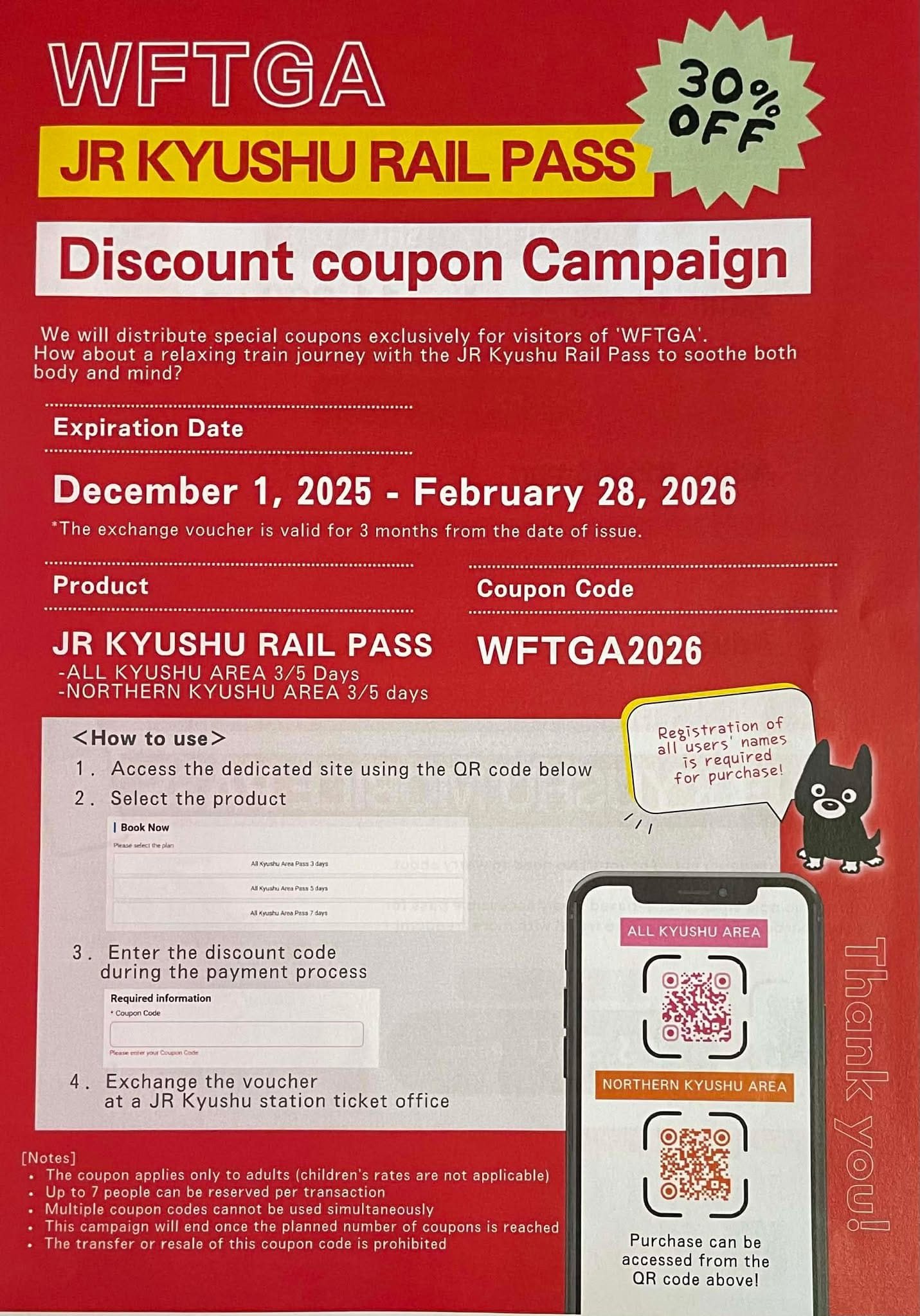
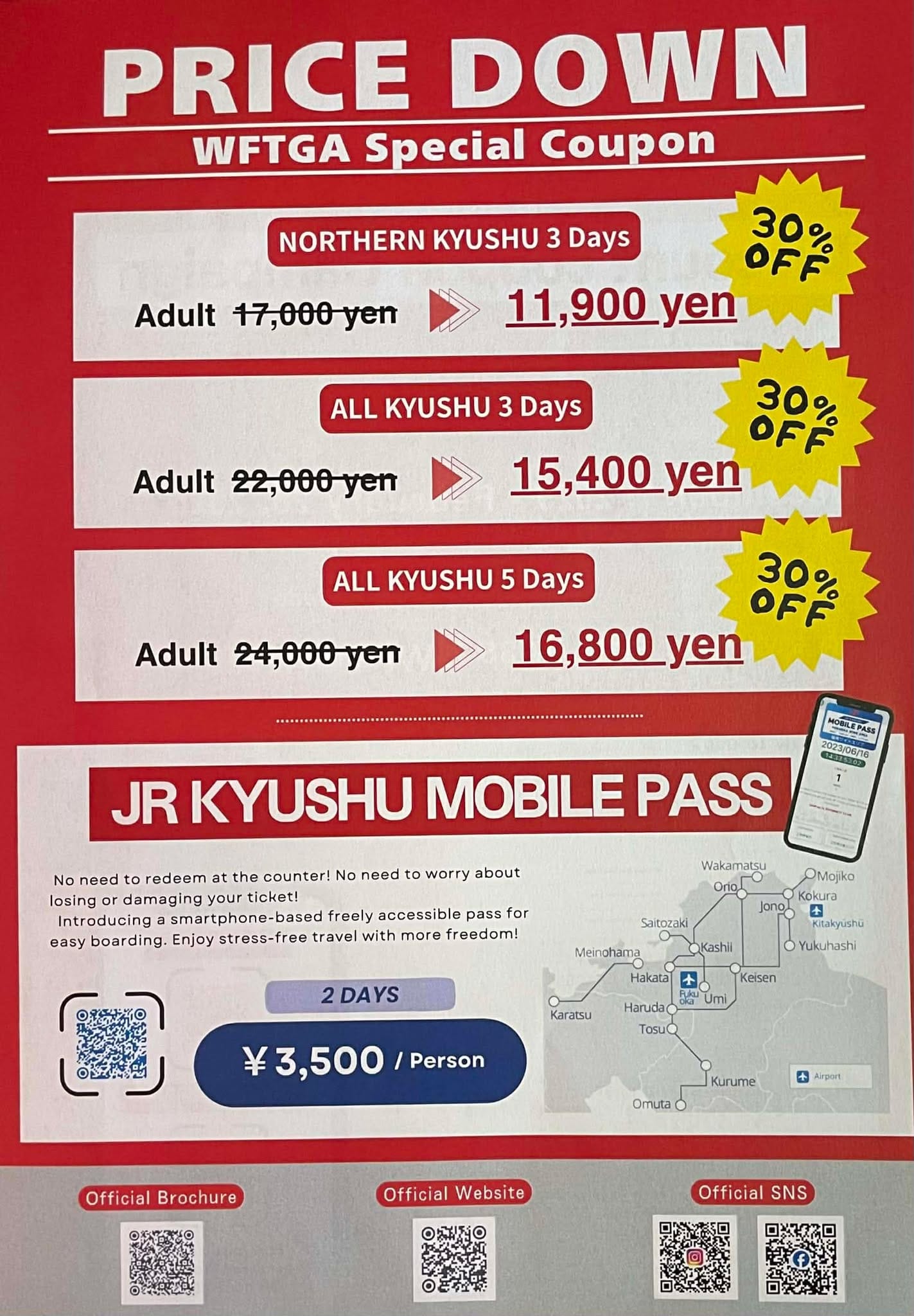
✈️ JAL's Japan Explorer Pass

Japan Airlines Co., Ltd. (JAL) Japan Explorer Pass is a simple and affordable fare for travelers wishing to explore the unique culture and feel of local Japan. The fare can be used to access over 30 cities across JAL’s domestic network.
It’s a great option for those who want to travel quickly between different regions of Japan, especially for longer distances where a plane might be more convenient than a train.
Why JAL?
Japan Airlines is one of the world’s leading airlines, based in Tokyo, Japan. JAL has been recognized as one of the world’s top airlines for its exceptional standards in service, guest experience, sustainability, as well as safety and well-being, achieving APEX (*1) “WORLD CLASS” status as the world’s highest standard airline, making it the only Japanese airline to be recognized for the fifth consecutive year.
(*1) APEX (Airline Passenger Experience Association), the largest international airline association dedicated to passengers and advancing their experience, is the official ratings body that issues the APEX WORLD CLASS™ award and accreditation.
For more details:
Japan Airlines Achieves Fifth Consecutive “WORLD CLASS™” Award at 2025 APEX/IFSA EXPO
Sustainability
Japan Airlines is actively engaged in various sustainability initiatives, including setting a goal for net-zero CO2 emissions by 2050, supporting the development and use of sustainable aviation fuel (SAF), upgrading to more fuel-efficient aircraft, and reducing resource consumption like plastics and paper. The company is also involved in initiatives to promote biodiversity and reduce waste, as well as offering unique services like a clothing rental program to minimize luggage and environmental impact for travelers.
How The Japan Explorer Pass Works
Eligibility: You must reside outside of Japan and have an international flight ticket to and from Japan. Your international ticket does not have to be with JAL. You will need to provide your passport information when you book.
Booking: All bookings for the Japan Explorer Pass must be made through the JAL website. You can book your domestic flights up to 24 hours before departure, and the purchase must be completed online at the time of reservation.
Pricing: The fare is dynamic, meaning the price can vary depending on the route and availability. There are typically a few price tiers based on the length of the flight. All prices are for Economy Class and are one-way.
Key Things to Know
It’s a Fare, Not a Pass: Unlike a rail pass that allows for unlimited travel, the Japan Explorer Pass is a special discounted fare for individual one-way flights. You must book and pay for each domestic flight you take.
No International Flights: The pass only applies to flights within JAL’s domestic network.
In short, the JAL Japan Explorer Pass is a straightforward way for international visitors to access JAL’s extensive domestic network at an affordable, fixed-rate price per flight, making it easier to explore Japan beyond its major cities.
✈️ ANA's Japan Discover Fare & Travel Planner
ANA: World-Class Service and Essential Tools for Japan Travel
ANA (All Nippon Airways) is Japan’s largest and internationally renowned airline, making it an excellent choice for your travel to and within Japan.
Why ANA
Beyond offering special fares and planning tools, ANA is consistently ranked as one of the world’s top airlines. This is solidified by receiving the prestigious SKYTRAX 5-Star rating for many consecutive years. This accolade signifies world-class airport services, high-quality cabin products, and the signature sincere, attentive Japanese service spirit, known as “Omotenashi.”
Sustainability
The ANA Group has been working to reduce the environmental burden based on the medium- to long-term environmental plan “ANA FLY ECO 2020 (FY2012-FY2020)”.
They have set a long-term environmental goal “2050 carbon neutral” as a goal after FY2021, and have formulated a goal “2030 Environmental Targets” to be achieved by FY2030 toward that goal. They’re promoting their efforts as a leading airline group in the environmental field.
How the ANA Discover Japan Fare Works
The ANA Discover Japan Fare is a special, heavily discounted domestic airfare designed specifically for international visitors to explore Japan’s extensive domestic network.
Cost-Effective Travel: It offers significantly reduced prices for domestic flights compared to standard domestic fares, making it an affordable alternative to the Shinkansen (bullet train) for long distances (e.g., Tokyo to Sapporo or Okinawa).
Extensive Network: ANA has the largest domestic network in Japan, flying to over 50 airports. This fare allows you to reach remote regions and islands that can be time-consuming to access by train or car.
Eligibility: To use this fare, you must:
Reside outside Japan.
Hold a non-Japanese passport (or a Japanese passport with permanent residency abroad).
Possess an international round-trip ticket to and from Japan.
International Baggage Allowance: A significant advantage is that the fare typically includes the more generous checked baggage allowance used for international flights (a “piece system”), rather than the more restrictive domestic baggage rules.
Booking: Reservations can be made through the ANA website for countries outside Japan or through a travel agent.
Find out more below!
English
German
Italian
Swedish
French
How the ANA Japan Travel Planner Works
The ANA Japan Travel Planner is a dedicated online resource and website that ANA provides to help travelers research and organize their trip within Japan. It is less a “tool” for booking specific flights and more a source of inspiration and information.
Destination Inspiration: It offers detailed travel guides, articles, and recommendations covering food, culture, nature, and activities across all of Japan’s regions—from the big cities to hidden gems.
Tailored Trip Ideas: The planner often curates content based on different travel types, such as trips for families, solo travelers, or those interested in specific themes (e.g., onsen, unique regional cuisine, seasonal experiences).
Seamless Integration: While it helps with itinerary planning, it naturally promotes the use of ANA’s extensive domestic network, guiding users to discover places that are easily accessible by their flights.
It provides reliable, well-organized information directly from a major Japanese brand, making the planning process easier and helping you discover destinations beyond the typical tourist hotspots like Tokyo and Kyoto.
Find out more below!
♿ Accessibility and Mobility Support
We want every participant to feel welcome, included, and able to fully enjoy the Convention experience.
If you have mobility limitations or require extra time during walks and excursions, please indicate this when registering. We will offer a special “Gentle Walker” group for selected tours and activities – with shorter walking distances, additional breaks, and appropriate transport options where needed.
Our team is happy to accommodate further accessibility needs (e.g. seating, dietary concerns, or assistance during sessions) wherever possible.
Please don’t hesitate to reach out to us in advance at convention2026@wftga.org so we can make arrangements that ensure your comfort and full participation.
📍 Offline Navigation – Stay Oriented Without Data
To help you move around Fukuoka with ease, we recommend downloading city maps in advance using Wi-Fi. Both Apple Maps and Google Maps allow you to save offline maps, so you can navigate the city by foot or public transport without using mobile data.
Before the Convention, we will offer a short online webinar for all participants, showing exactly how to set this up. In the meantime, here are two step-by-step tutorials to get you started:
Stay connected — even when you’re offline!

🏥 Hospitals & Medical Assistance
In case of illness or emergency, several international-friendly hospitals and clinics are available in Fukuoka:
Fukuoka Red Cross Hospital – English support available
Fukuoka City International Medical Support Centre – provides interpreter services
Travel Insurance: We strongly recommend all participants to travel with appropriate health insurance that covers international medical care and emergencies.
☎️ Emergency Numbers in Japan
- Fire / Ambulance: 119
- Police: 110
24/7 Multilingual Tourist Helpline: +81-50-3816-2787
⏰ Time Zone
- Tokyo, Japan: +0
- Seoul, South Korea: +0
- Beijing, China: -1
- Bangkok, Thailand: -2
- Delhi, India: -3:30
- Dubai, UAE: -5
- Moscow, Russia: -6
- Berlin, Germany: -8
- London, United Kingdom: -9
- New York, USA: -14
- Los Angeles, USA: -17
- Sydney, Australia: +2
- Auckland, New Zealand: +4

